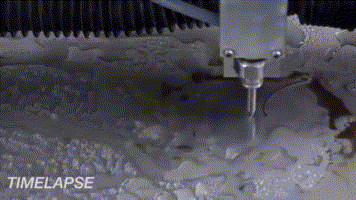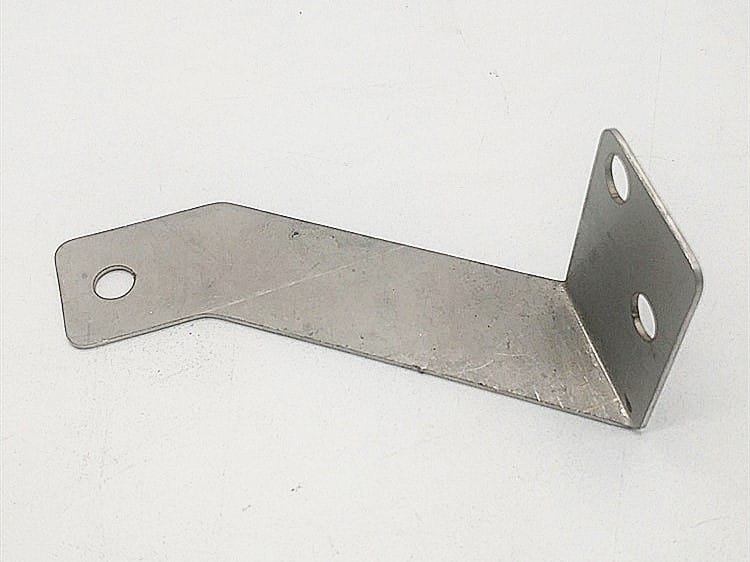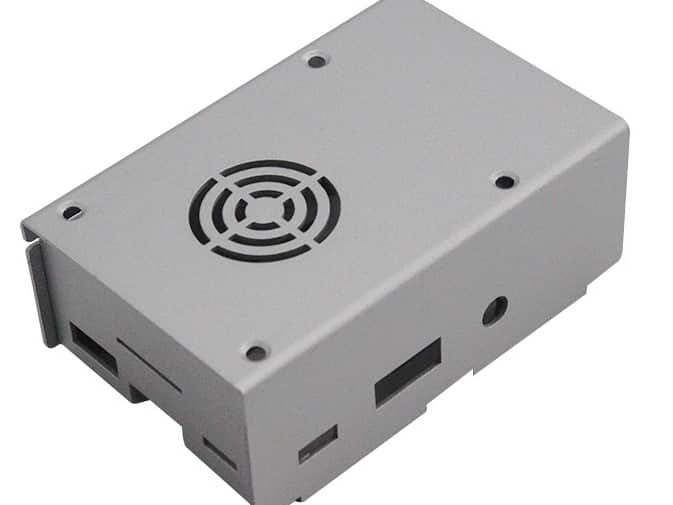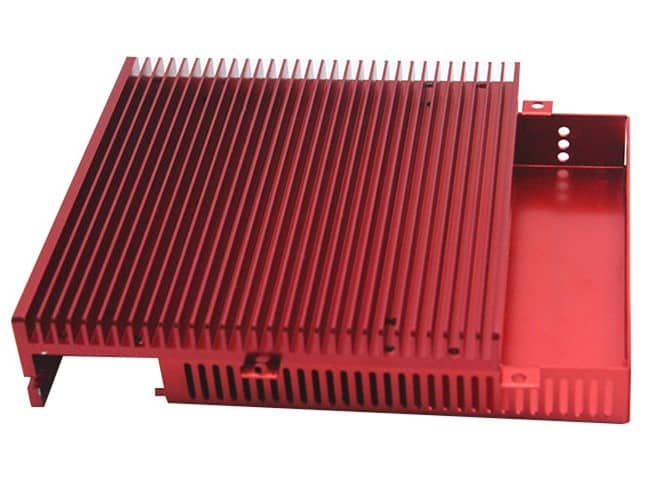Water Jet Cutting Services
Sheet metal prototypes and low-volume production parts shipped in as fast as 1 day
Overview: How Water Jet Cutting works?
The Basics Of Water Jet Cutting
A waterjet cutter, also called a waterjet, is an industrial cutting device used for the fabrication of flat-cut parts. Using a nozzle to focus water into a high-pressure stream, a waterjet can be used to cut semi-soft materials like rubber, foam, or wood. Abrasive granular substances can be added to the jet in order to cut harder materials like aluminum and sheet metal.
How Water Jet Cutting Works
A waterjet is connected to a high-pressure pump, which pushes water through specialized tubing and then expels it from the nozzle at a focused volume and a velocity of up to 900 m/sec. The perfect ratio of velocity and volume is what allows the waterjet to maintain itŌĆÖs unique high-pressure cutting stream.
In the case of abrasive water cutting, the abrasive substance (often garnet or aluminum oxide) is combined with the water in a chamber near the nozzle, and the mixture is then ejected in a thin water stream.
A waterjet is given great accuracy and repeatability by CNC technology, which is able to reliably manage the movement of the nozzle and water.
Benifits of Water Jet Cutting
Waterjet cutting does not warp or alter the structure of the material being cut, as a laser or more traditional cutting tool sometimes does. It is also is capable of very fine and complicated shapes. Additionally, a waterjetŌĆÖs precision cuts do not require sanding or grinding, and it produces no byproducts that might harm human operators or the environment ŌĆö unlike laser cutting and plasma cutting. The water can also be recycled, reducing waste and cost while increasing energy efficiency.
CNC waterjet cutters can be used on almost any material, and are easily adjusted from pure water cutting to abrasive water cutting. This makes them an adaptable tool for many industries.
Features of Water Jet Cutting
Advantages
Drawbacks
Water Jet Cutting Processes
The motion control system is an essential element in an abrasive waterjet cutting system because the cutting stream bends as it cuts. This means that a waterjet tends to undercut corners and swing wide on curves when moved as one would move a traditional rigid cutting tool. Waterjet cutting systems utilize either the older, more complex hydraulic intensifier pump or the newer, simpler crankshaft-driven triplex plunger pump. Note that for a water-only nozzle that is designed for cutting soft materials, the mixing chamber and tube are eliminated and the coherent jet of water alone cuts the material.Motion Control
Pumps
Nozzle
Available Materials
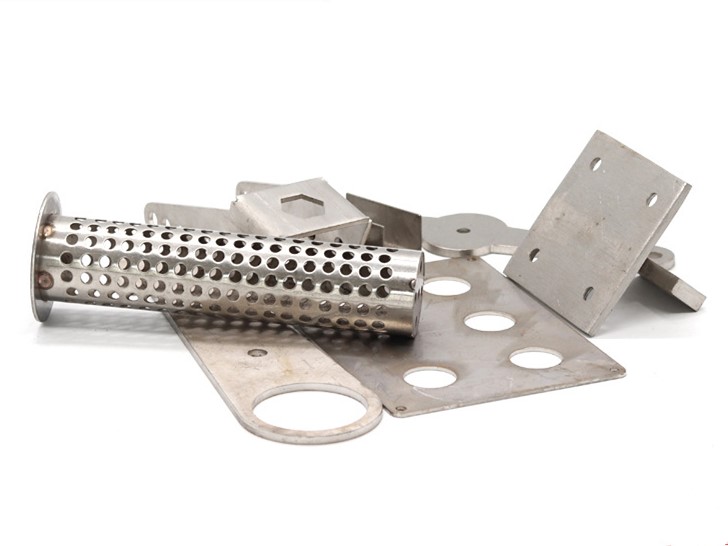
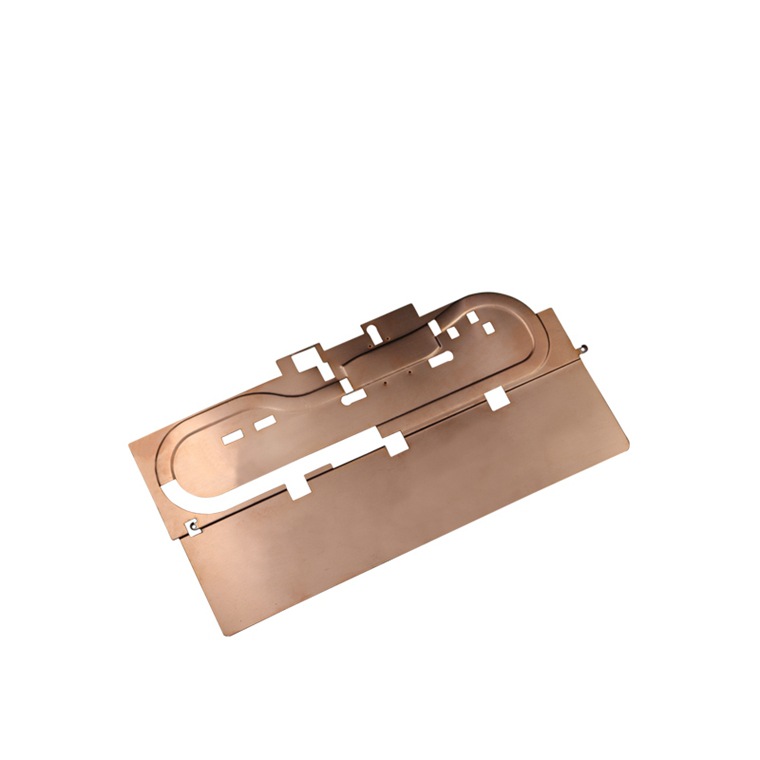



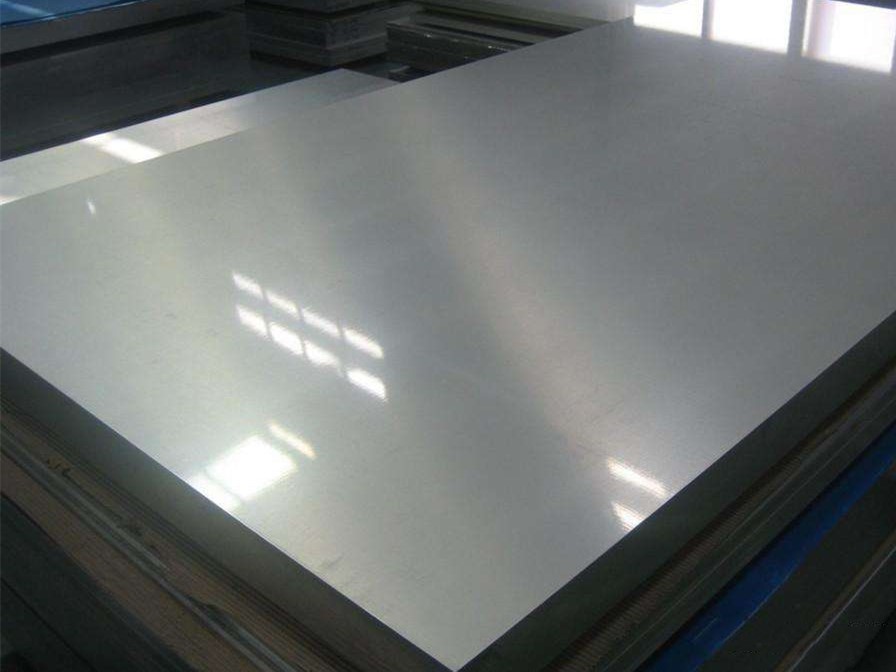
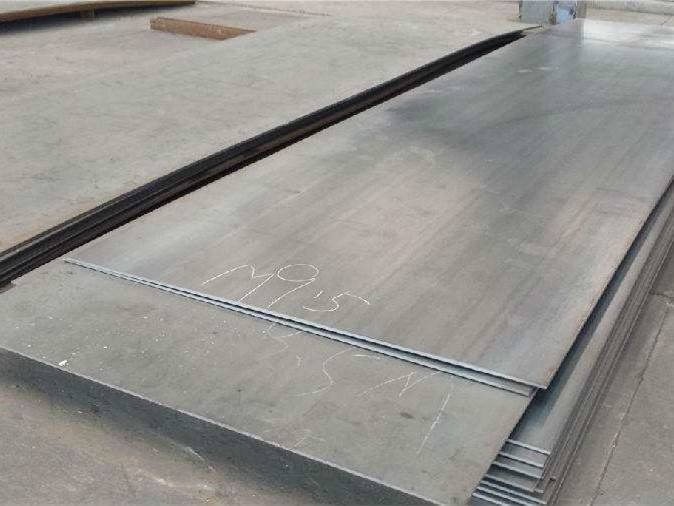
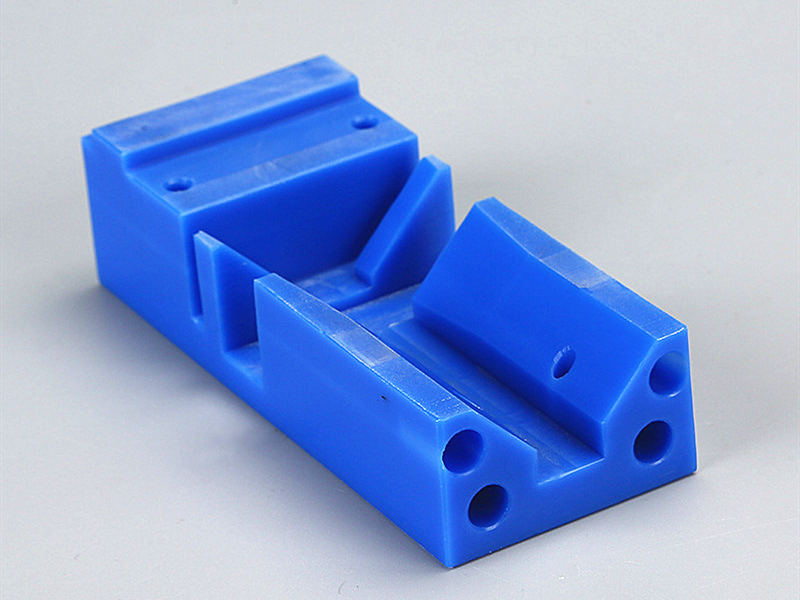
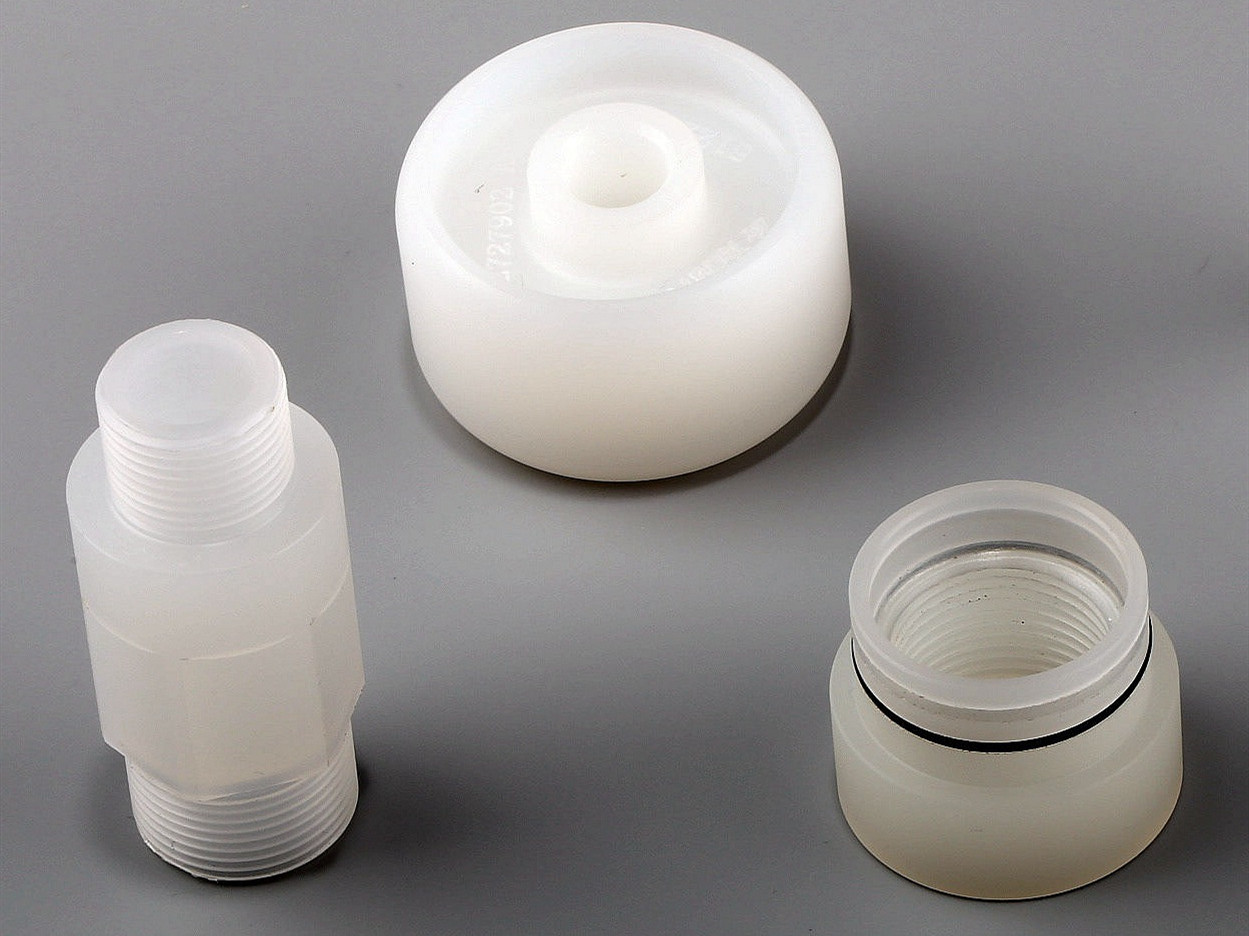
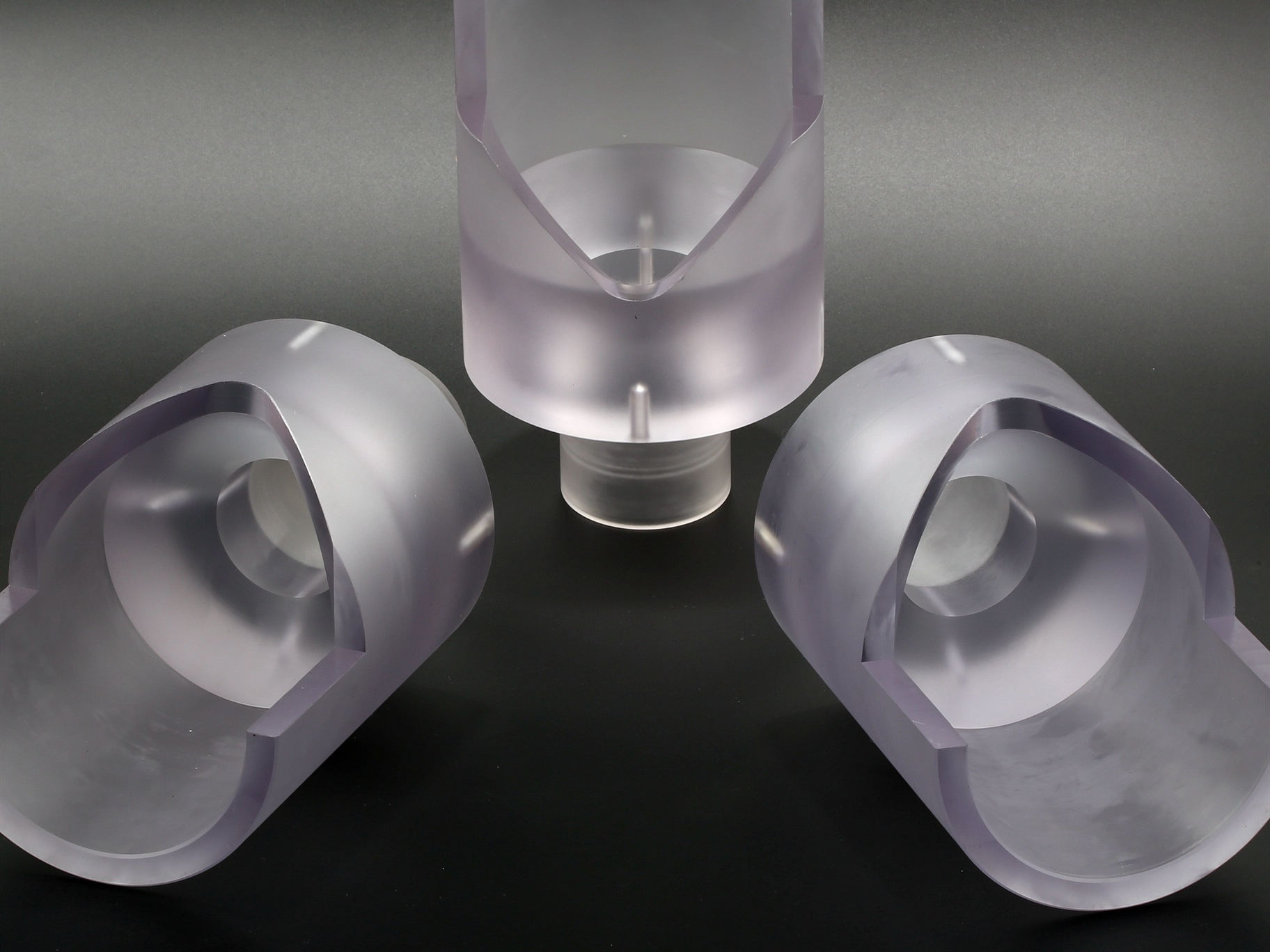
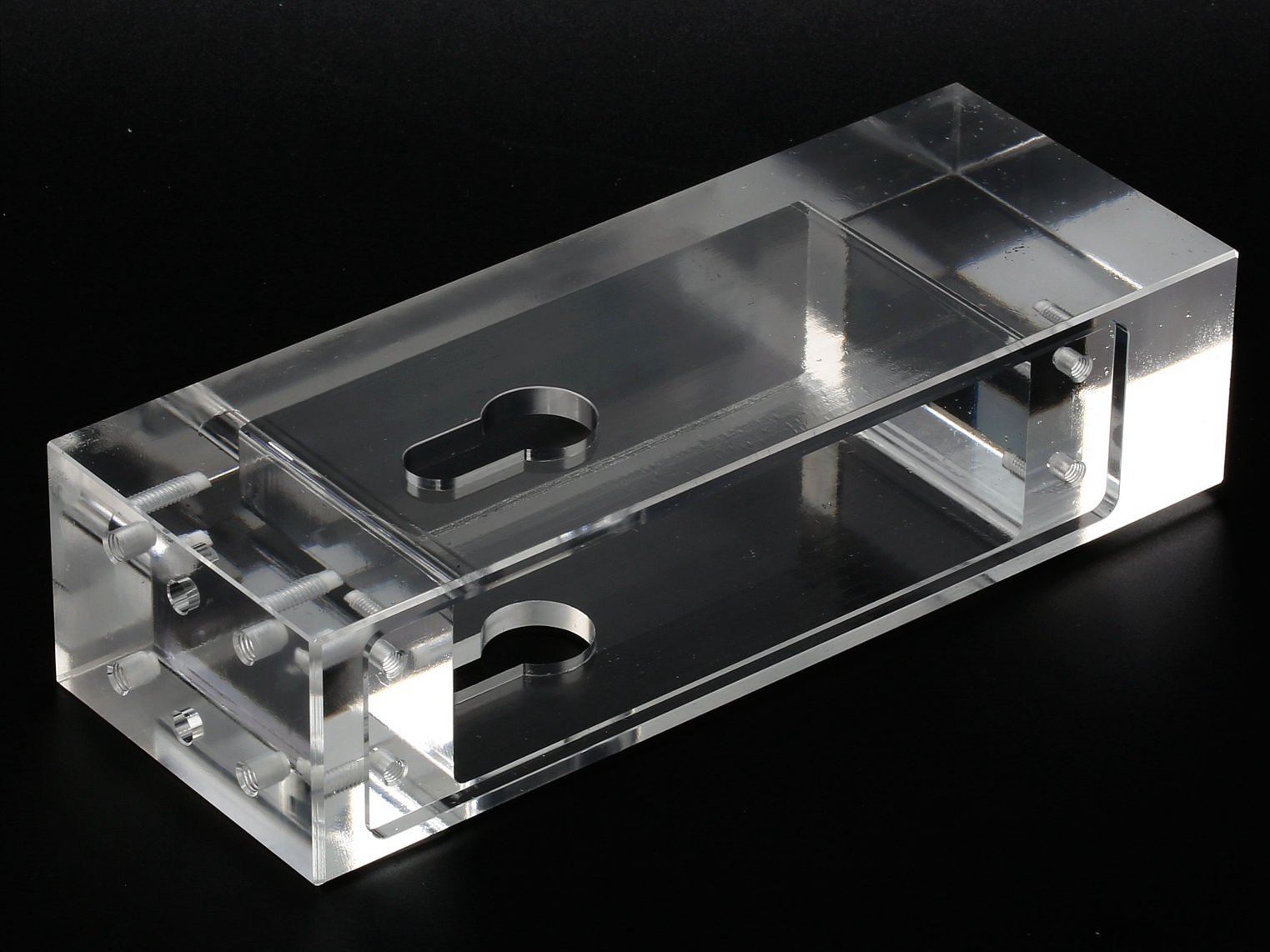
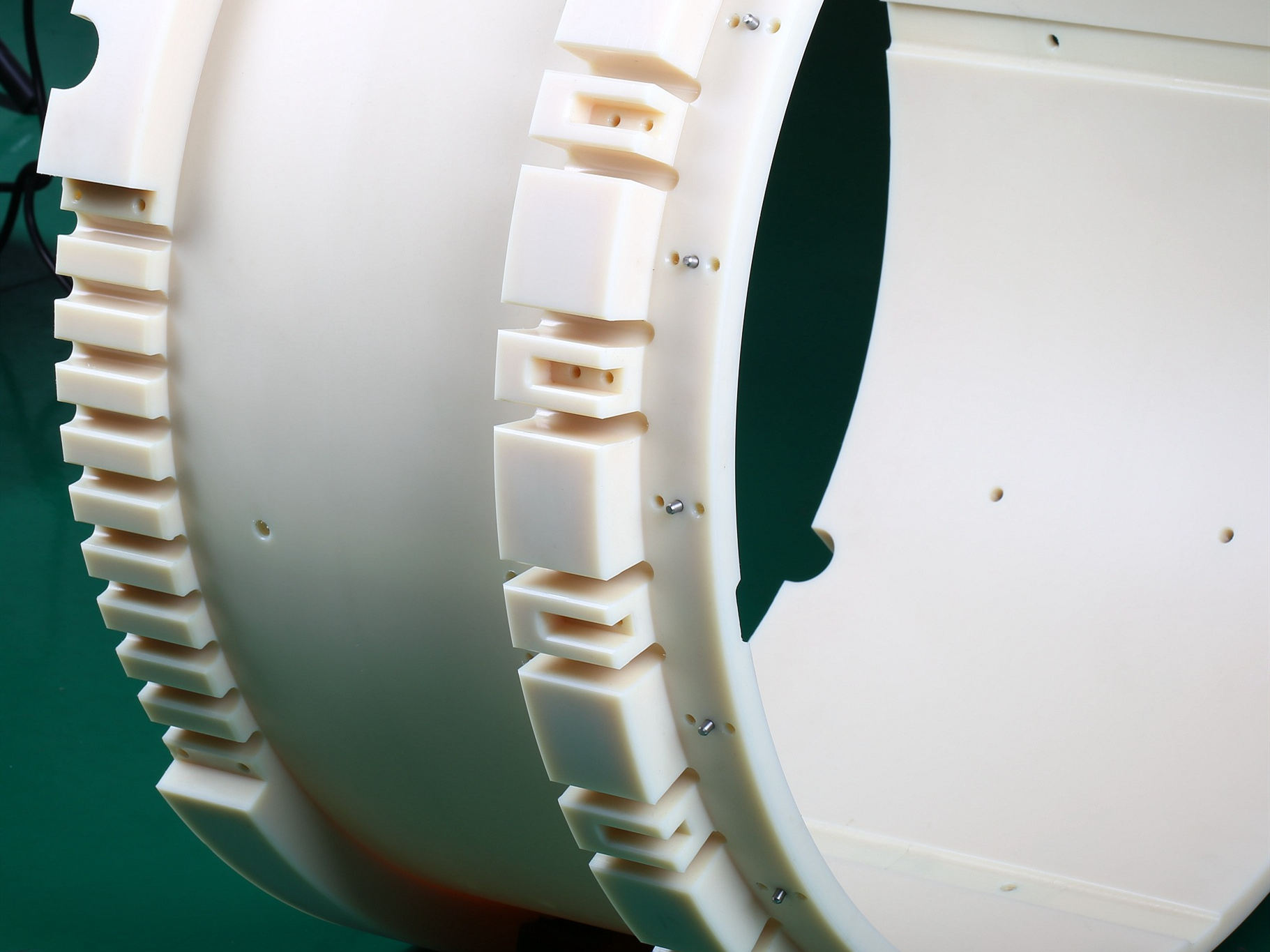
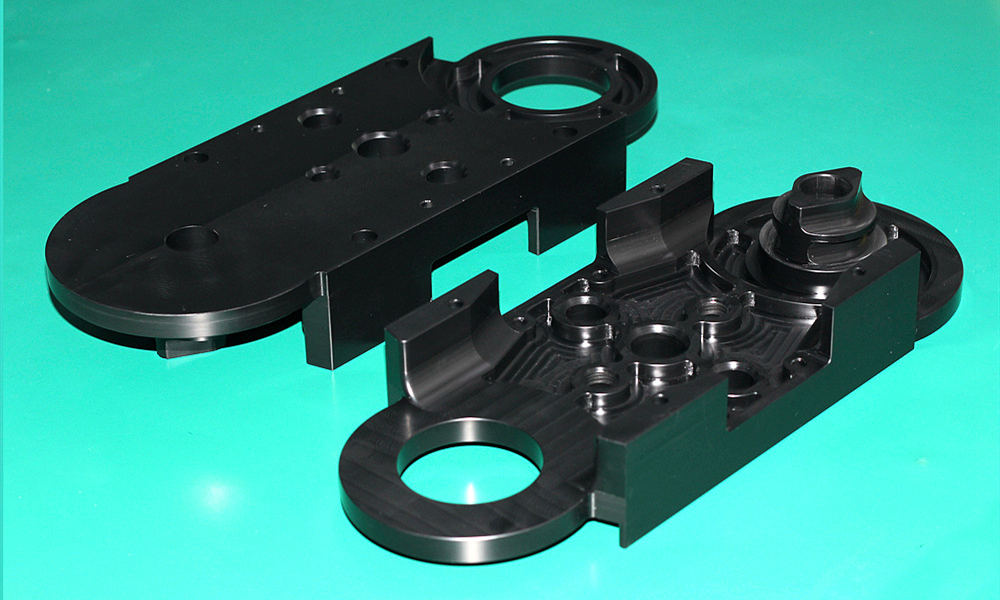
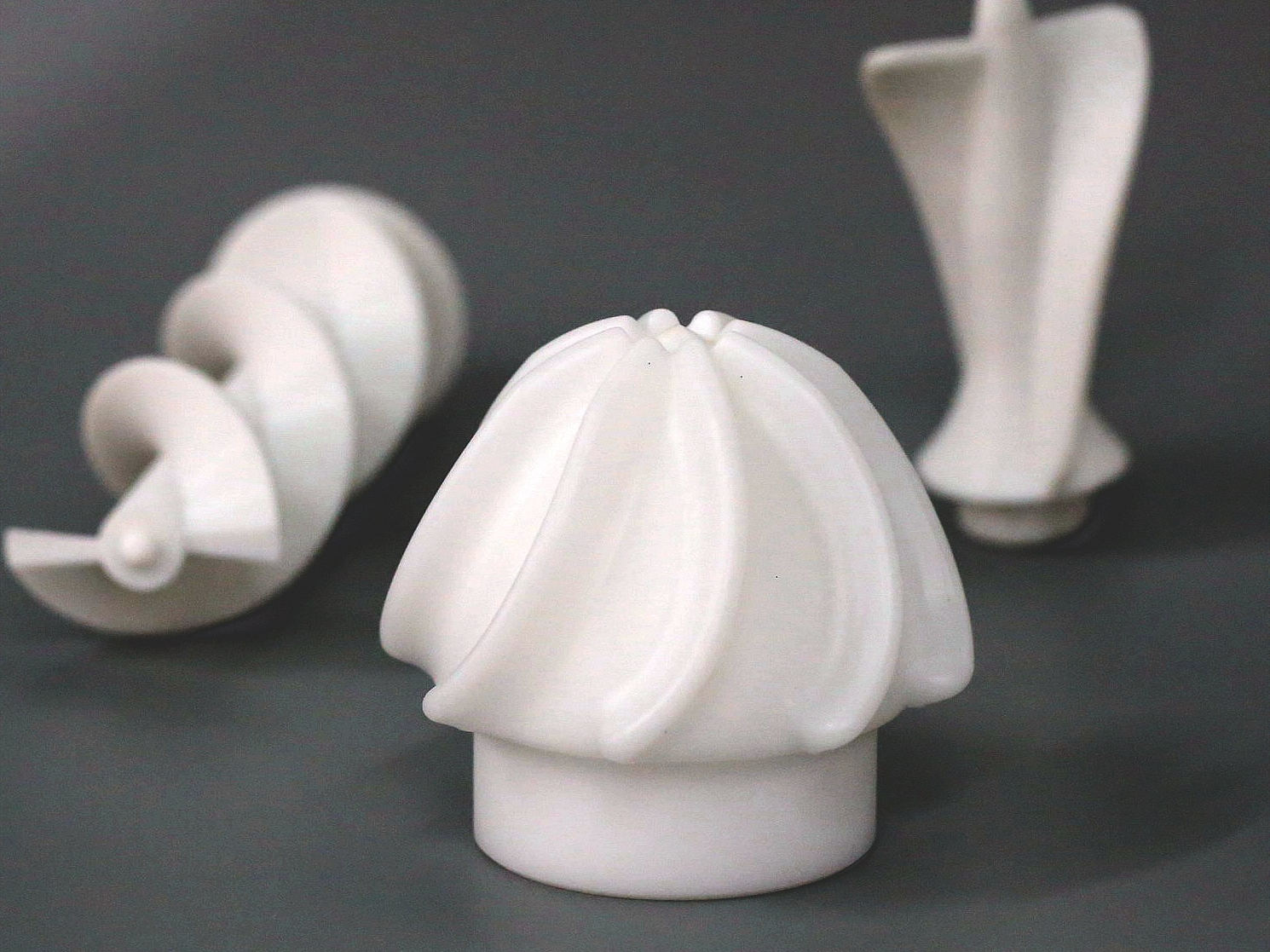
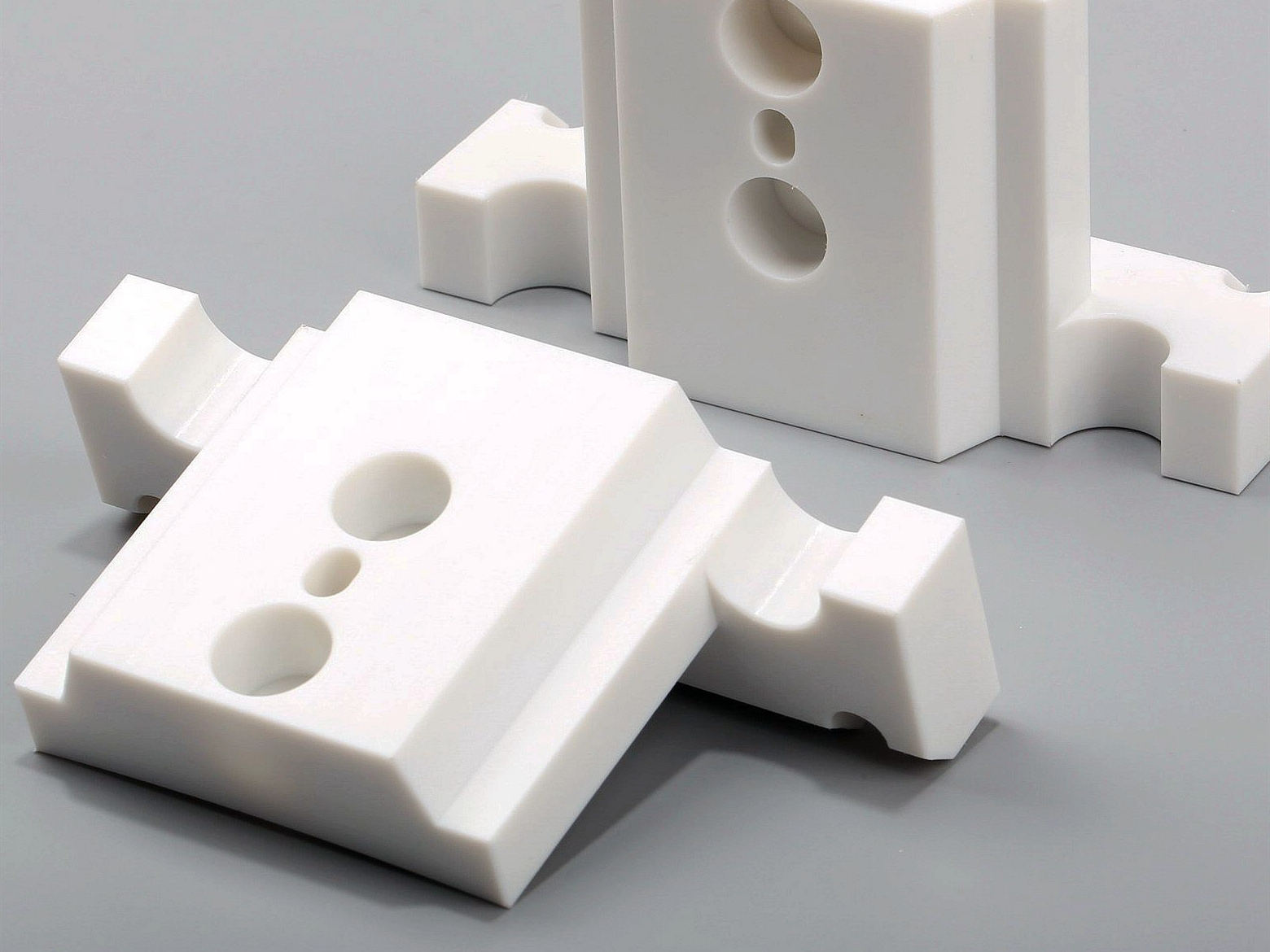
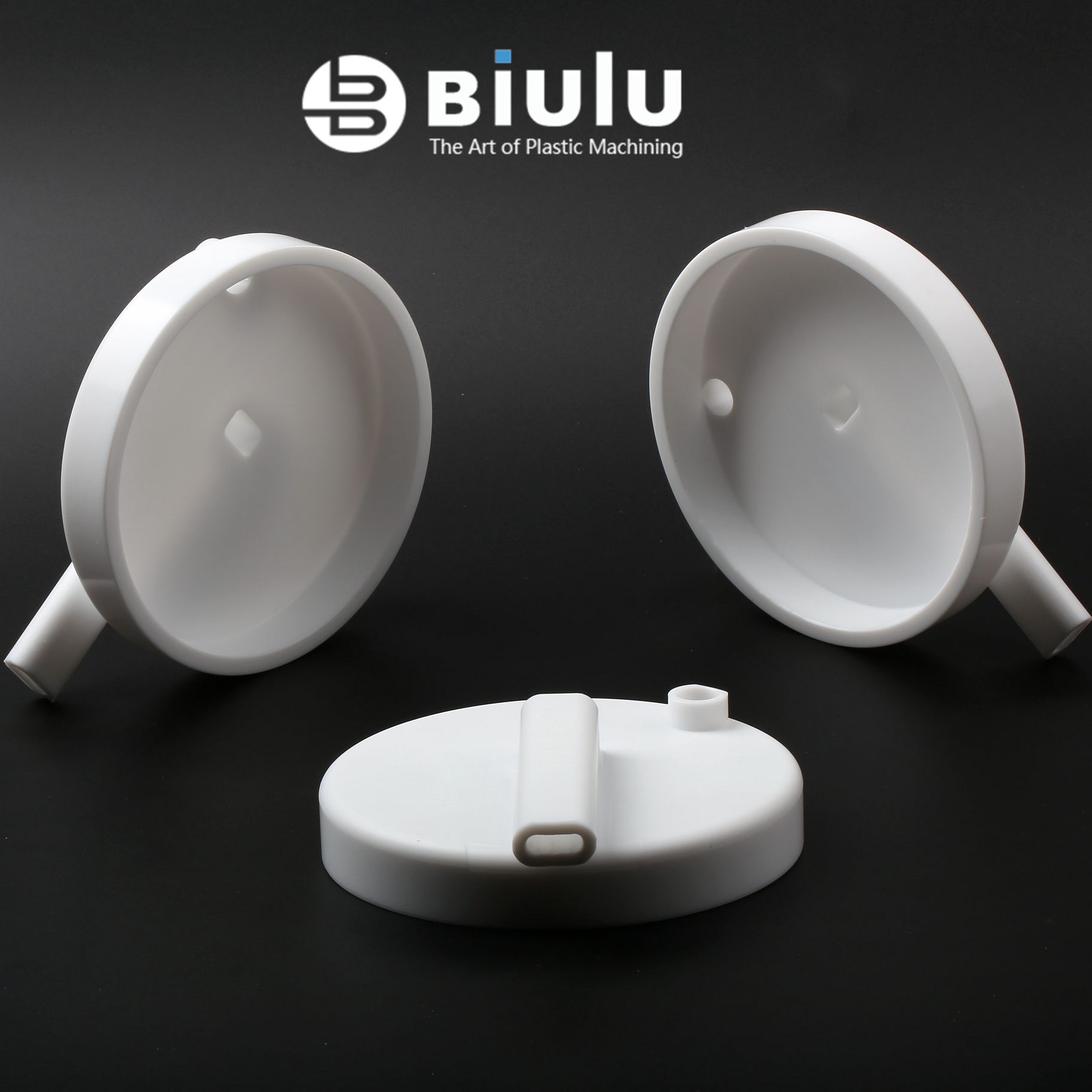
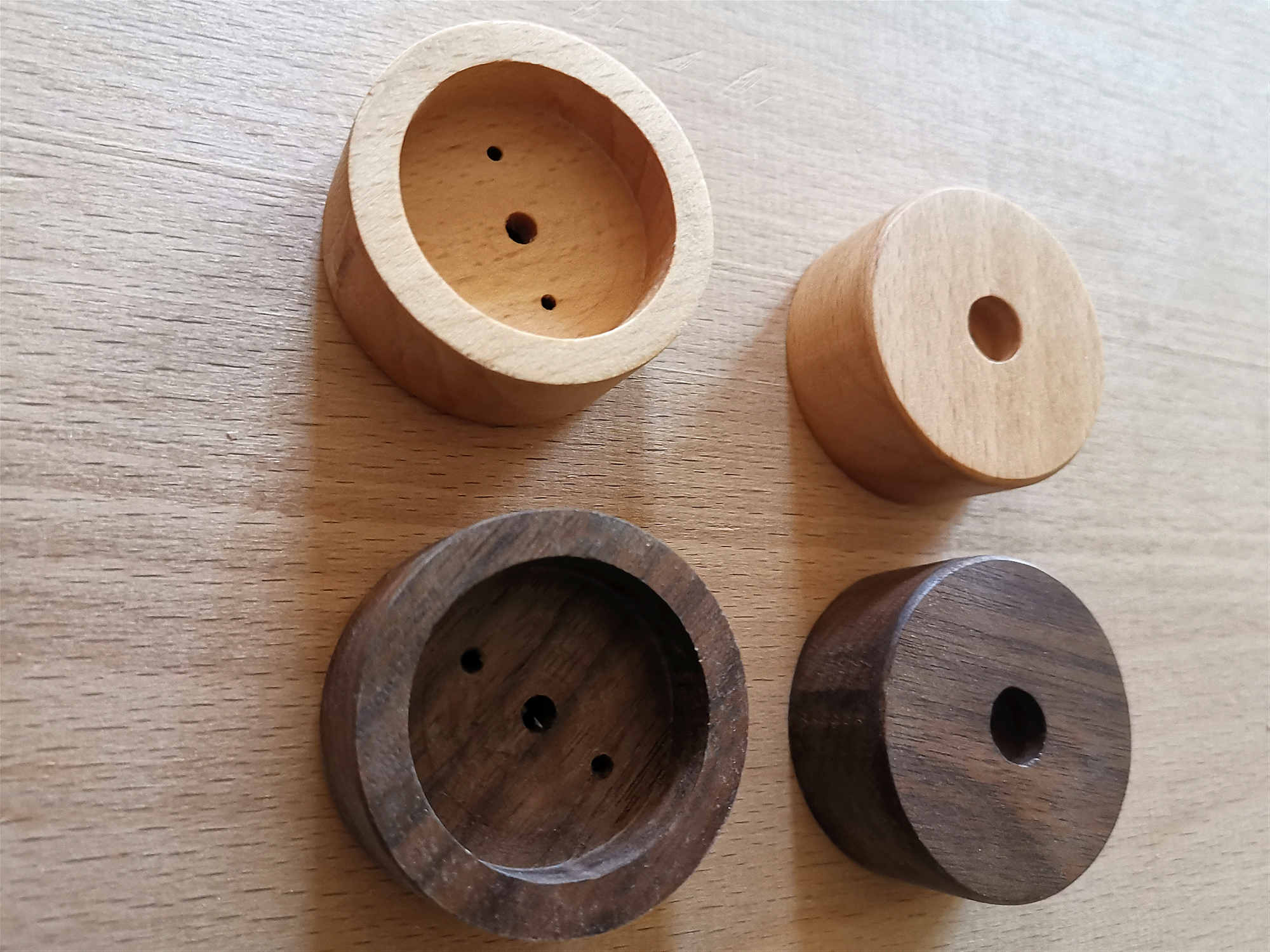
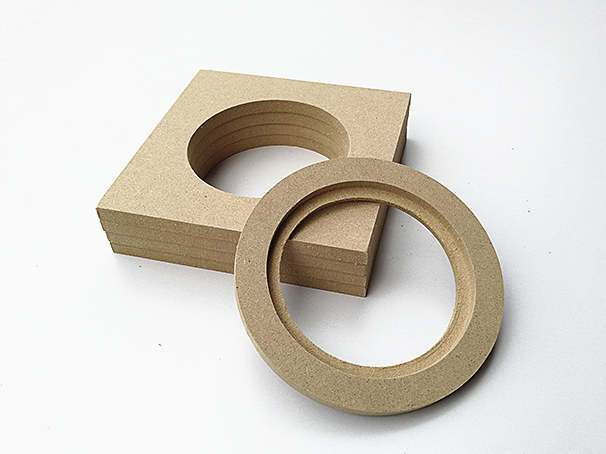
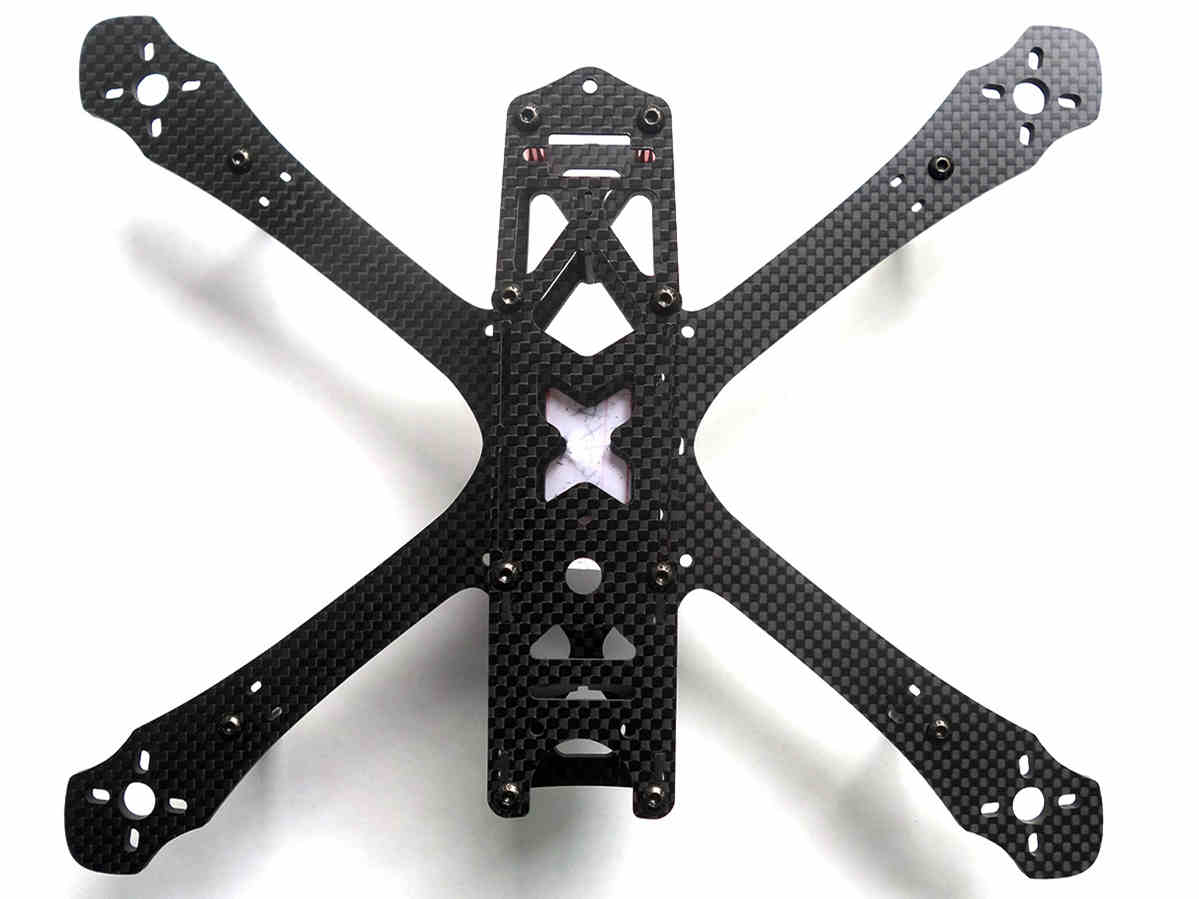
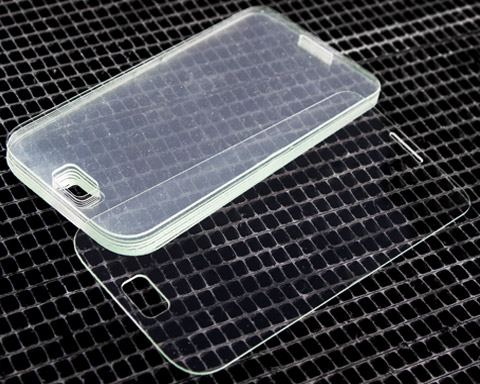
Available Finishes
The finish option with the quickest turnaround.
Parts are left with visible tool marks and potentially sharp edges and burrs, which can be removed upon request. Surface finish is comparable to 125 uin Ra finish.
Abrasive blasting, more commonly known as sandblasting, is the operation of forcibly propelling a stream of abrasive material against a surface under high pressure to smooth a rough surface, roughen a smooth surface, shape a surface or remove surface contaminants.
Anodizing is an electrochemical process that converts the metal surface into a decorative, durable, corrosion-resistant, anodic oxide finish. Aluminum is ideally suited to anodizing, although other nonferrous metals, such as magnesium and titanium, also can be anodized.
Powder coating is a type of coating that is applied as a free-flowing, dry powder. The main difference between a conventional liquid paint and a powder coating is that the powder coating does not require a solvent to keep the binder and filler parts in coating and is then cured under heat to allow it to flow and form a “skin”. The powder may be a thermoplastic or a thermoset polymer. It is usually used to create a hard finish that is tougher than conventional paint. Powder coating is mainly used for coating of metals, such as household appliances, aluminium extrusions, drum hardware and automobile and bicycle parts.
- Electroplating
- DonŌĆÖt see the finish you need? Submit an RFQ with ‘Suggest’ option, weŌĆÖll look into a finishing process for you.
Water Jet Cutting Applications
Whether you need a bracket, chassis, enclosure, or any other complex sheet plastic/metal design, weŌĆÖll ship 1 to 50+ prototypes in as fast as 4 days. Get the same great service of our prototyping shop higher volumes. Our low-volume production facility can produce up to 50 to 1,000+ sheet pastic/metal parts in as fast as 10 days. We provide a partial or complete prototype assembly in 2 to 3 weeks. We help coordinate the procurement of your custom and catalog parts to build your electro-mechanical assembly fast.Prototypes
End Products
Multipart Assemblies
Industries with Water Jet Cutting
Resources for Water Jet Cutting
